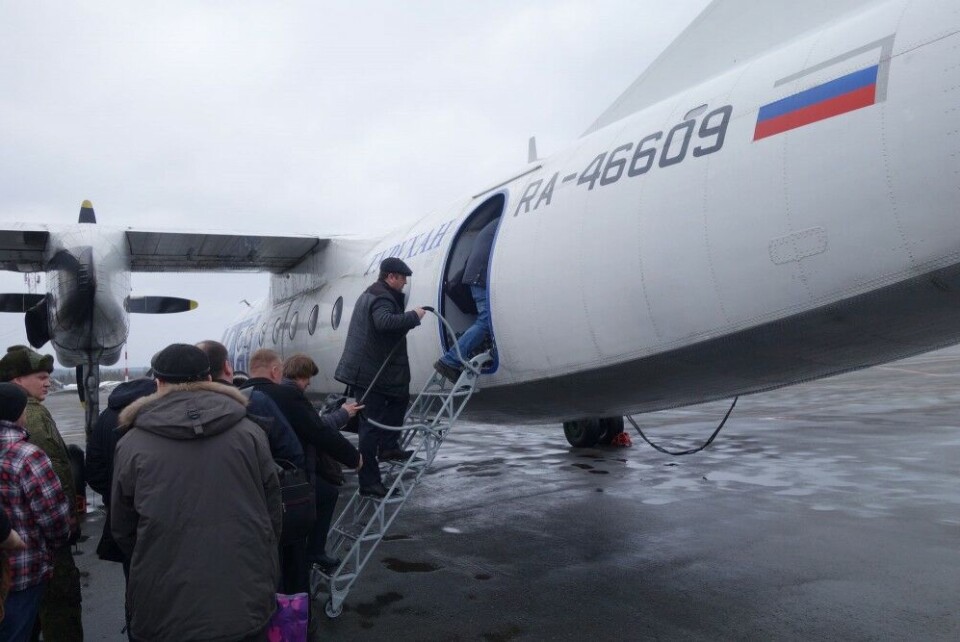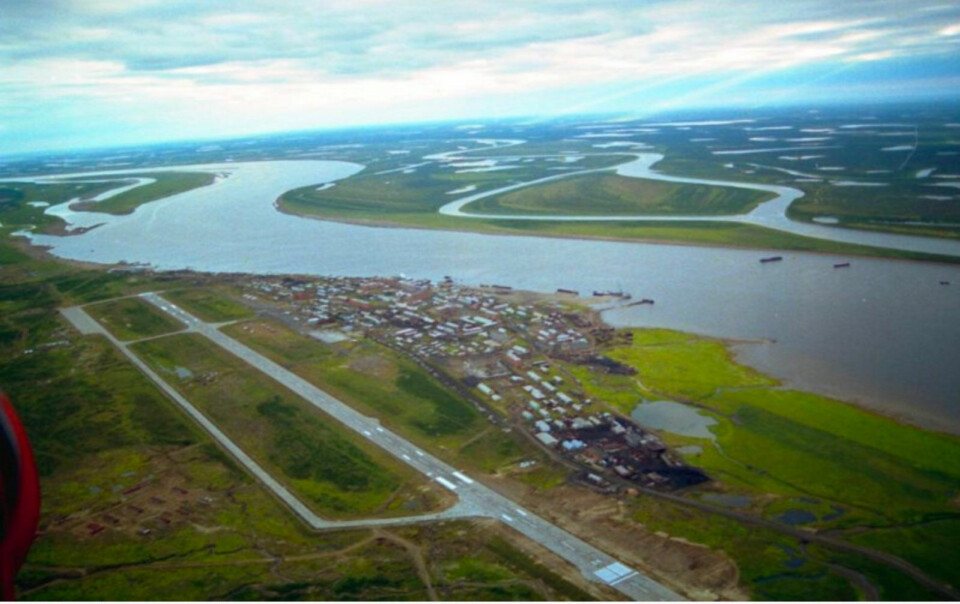
Sky-rocketing growth for remotest Russian Arctic airport
Boom-town Sabetta in the Yamal Peninsula sees a doubling in the number of air passengers. Up to 400.000 people could take-off and land on site in 2017
p.p1 {margin: 0.0px 0.0px 12.8px 0.0px; text-align: justify; line-height: 15.0px; font: 12.8px Arial; color: #333333; -webkit-text-stroke: #333333; background-color: #ffffff}span.s1 {font-kerning: none}

There is a major passenger growth all over the Russian Arctic, from Murmansk in the west to Pevek in the east.
However, Sabetta is clearly in a special position. Figures from Russian state aviation authority Rosaviatsiya show that the number of people flying to an from the remote town on the northeast tip of the Yamal Peninsula in the first six months of the year increased to 179,506, an increase of more than 85 percent compared with the same period in 2016.
That could bring the number of passengers to the site to as much as 400,000 in the course of the year.
Aviation statistics now rank Sabetta as Russia’s 46th most busy airport. It is quickly catching up with other far bigger northern airports like Syktyvkar and Norilsk.
The Sabetta airports now has at least two daily flights to Moscow in addition to flights to Novy Urengoy. There are also occasional flights to destination Samara, Ufa and Syktyvkar. The airport has a 2704 meter long runway and can handle a wide spectre of aircrafts among them Il-76, А-320 and Boeing-767-200. It is 100 percent owned by natural gas company.
Until year 2000, Sabetta was nothing but a small desolate village. Then, everything changed. In 2012, Novatek launched the development of its Yamal LNG project. Seventeen years later, up to 30,000 people live and work on site.

The Yamal LNG project is Novatek’s flagship project in the Arctic and production is due to start late this year.
Also other Russian Arctic airports are experiencing explosive growth. Among them are Khatanga, the site where Rosneft is developing new oil operations. A total of 15,800 passenger flew to and from the airport in the first half of 2017, an increase of more than 70 percent.
The airport of Bovanenkovo, Gazprom’s hub in the Yamal Peninsula, in the first half of the year served 53 thousand passengers, an increase of more than 12 percent year-on-year.
Pevek, the east Arctic town which will house Russia’s first floating nuclear power plant, in the period had an increase in air passengers of almost 18 percent. A total of 11,750 people flew to and from the site in the period.
The biggest airport in the Russian north is Arkhangelsk, which in the first six months of the year served 386,271 passengers, an increase of 20 percent compared with the same period in 2016. Narrowly behind is Murmansk, which in the same period served 377,880 passengers, an year-on-year increase of more than eight percent.
















